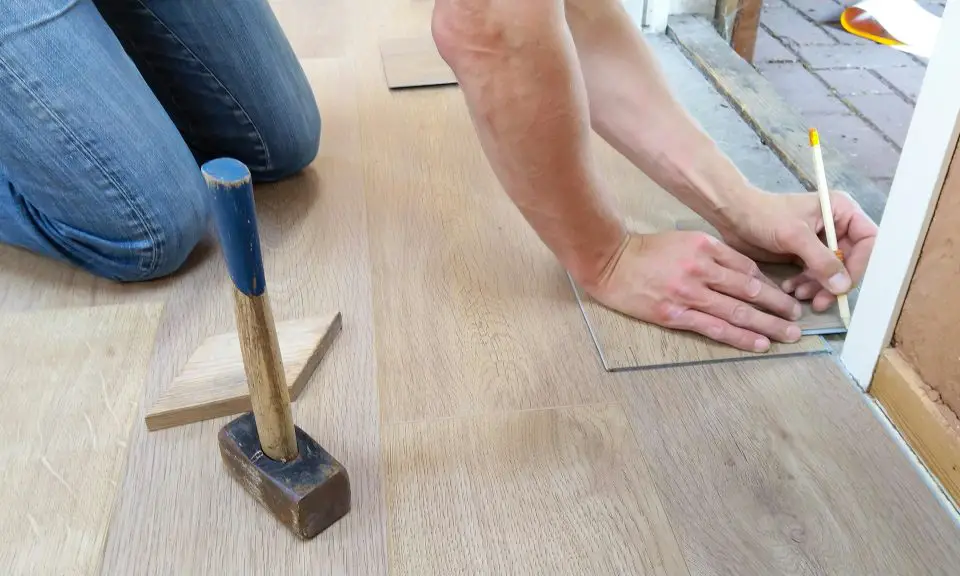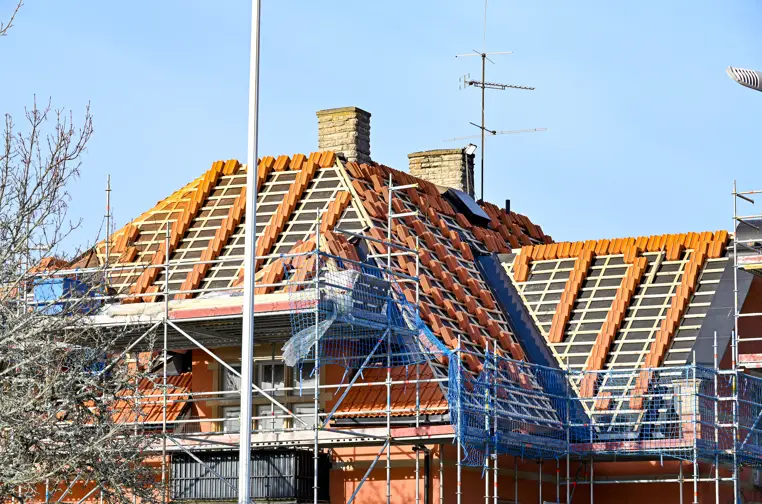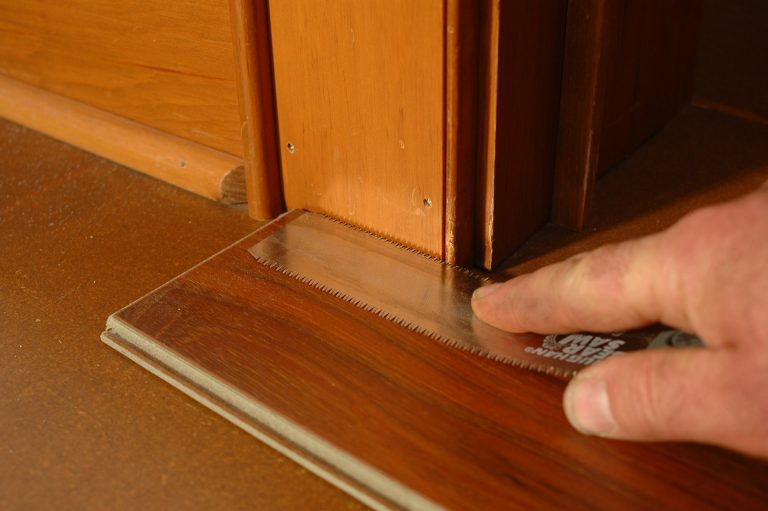
Have you ever walked through your home and wondered if it’s truly ready for potential buyers? Selling a property involves more than just putting a “For Sale” sign in the yard. It means making sure your home is in good enough shape to attract offers and pass inspections. Many homeowners delay repairs, thinking they’ll save time or money, but that can backfire. Buyers are quick to spot trouble—and once they do, it can drive your price down or make your property harder to sell. In this blog, we will share the top signs your property needs major repairs before hitting the market.
Visible Cracks in Walls or Foundation
If you spot cracks running along your walls, ceilings, or floors, it might be more than just cosmetic damage. These cracks can be signs of foundation trouble, which can scare off buyers or cause your home to fail inspection. Small cracks from settling are common, but wide or growing cracks could signal structural issues. These problems can affect your home’s safety and long-term stability.
Buyers often get nervous when they see signs of foundation damage, especially if it’s left unaddressed. It’s a good idea to have a professional check things out before listing your home. Fixing these issues early can help you avoid delays during the selling process. A solid foundation is key to your home’s overall value and safety.
Roof Damage or Leaks
Your roof is one of the most important parts of your home, and it’s also one of the first things buyers notice. If there are missing shingles, visible sagging, or water stains on ceilings, it might be time for a roof replacement. Roof problems can lead to leaks that damage walls, floors, and even the home’s structure. These issues may also result in mold growth, which is a serious red flag for buyers.
Even if your roof doesn’t look bad from the outside, it could still have hidden problems. A roof inspection can reveal soft spots, broken flashing, or signs of poor ventilation. Taking care of roof repairs—or replacing the roof if needed—shows buyers you’ve maintained your home well. This can give you an edge in a competitive market.
Plumbing Issues
Buyers don’t want to inherit plumbing headaches. If you hear banging pipes, see slow drains, or notice water discoloration, you might have outdated or failing plumbing. Older homes may have galvanized steel pipes, which corrode over time and can reduce water pressure or cause leaks. If left unchecked, water damage can harm your walls, floors, and foundation.
Fixing plumbing issues before you sell makes a big difference. Buyers feel more confident knowing they won’t have to deal with unexpected leaks or major repairs. Replacing old fixtures or pipes can also help improve water quality and efficiency. You don’t need a full overhaul, but fixing clear signs of trouble is a smart move.
Faulty Electrical System
Outdated wiring or an overloaded electrical panel can raise safety concerns. If your lights flicker, outlets don’t work, or breakers trip often, your home may need electrical repairs. These problems aren’t just inconvenient—they’re dangerous. Older homes with knob-and-tube or aluminum wiring may even be fire hazards if not upgraded.
Buyers expect a home’s electrical system to be up to modern standards. If an inspection reveals problems, it could delay or derail your sale. Having a licensed electrician check and repair your system before listing your home can make your property more appealing. It also helps avoid surprises that might hurt your chances of closing the deal.
Water Damage and Mold
Musty smells, soft drywall, and discolored patches often point to water damage. These signs can come from roof leaks, broken pipes, or poor ventilation. If moisture builds up in hidden areas, it can lead to mold growth. Mold is not just unsightly—it can pose health risks and lower your property’s value.
Before putting your home on the market, check for signs of water damage and have them repaired right away. Mold remediation might be necessary in some cases. Getting ahead of these problems shows buyers that your home is safe and well-maintained. It also helps you avoid losing interested buyers during the inspection stage.
Worn or Broken Windows and Doors
Windows and doors that stick, rattle, or let in drafts may seem like minor issues, but they can raise bigger concerns for buyers. These problems often signal poor insulation or shifting in your home’s structure. They can also drive up energy costs, making the home less attractive to budget-conscious buyers.
Fixing or replacing damaged windows and doors can boost your home’s appearance and energy efficiency. Even simple repairs, like fixing a broken lock or sealing a draft, can make a big difference. Buyers want to feel that a home is secure and well cared for. These updates are small investments that can pay off during showings and negotiations.
Old or Damaged Flooring
Floors take a lot of wear and tear. If your carpet is stained, your hardwood is scratched, or your tiles are chipped, it may turn buyers away. Flooring plays a big role in how people feel about a home. Worn-out floors can make even a clean space look neglected. In some cases, damaged floors might suggest deeper problems, like moisture issues underneath.
Replacing or refinishing floors before selling can improve the overall impression of your home. Even affordable upgrades, like adding new vinyl or laminate flooring, can help. If your budget is tight, focus on the most visible areas like living rooms or entryways. Good flooring helps your home feel move-in ready, which buyers appreciate.
In conclusion, getting your home ready for sale means more than just cleaning and staging. It involves taking a close look at its condition and handling any major repairs. Buyers want a home that feels safe, clean, and move-in ready. When you fix big issues ahead of time, you improve your chances of selling quickly and at a good price. You also reduce the chances of surprises during the inspection. Take the time to walk through your home as if you were buying it. What would you want to see fixed? Answering that question honestly could be the key to a smoother, more successful sale.












